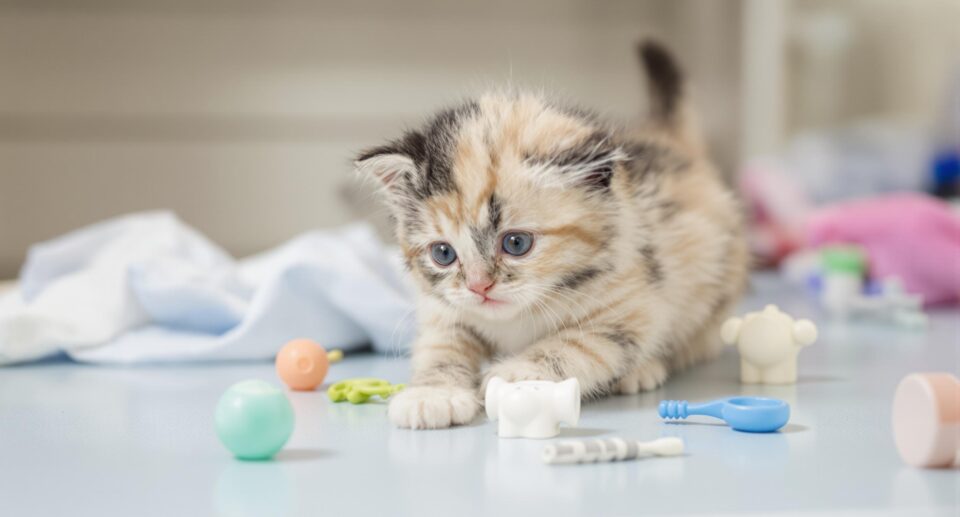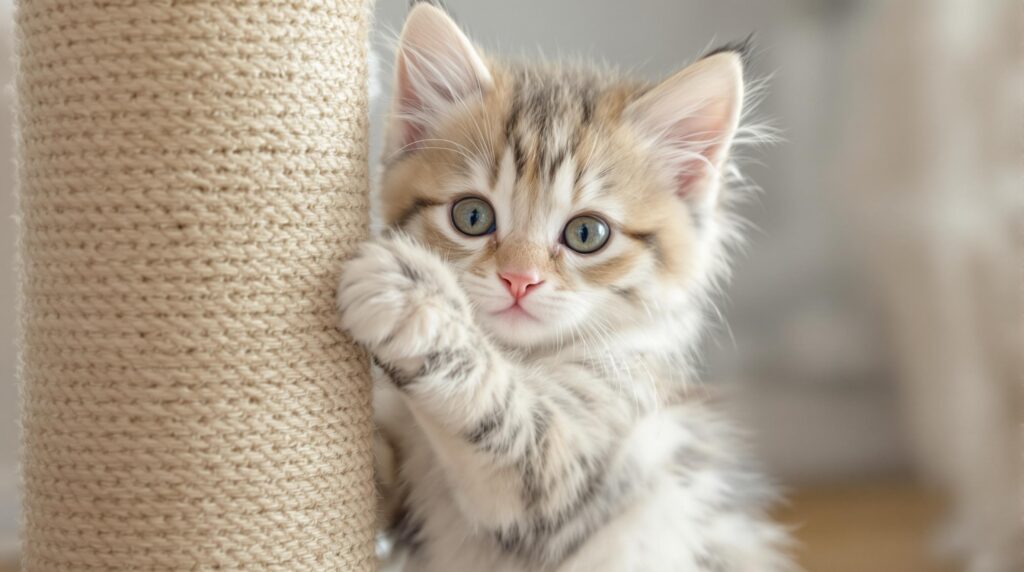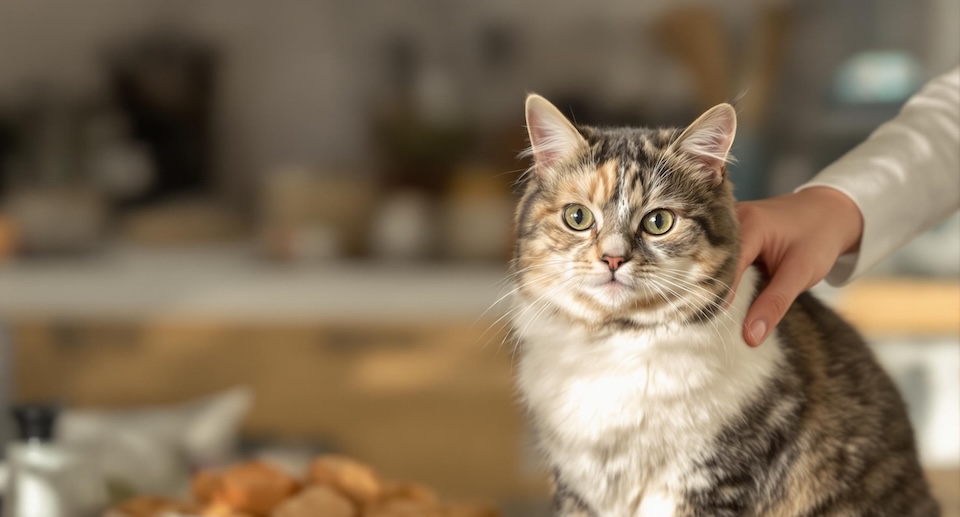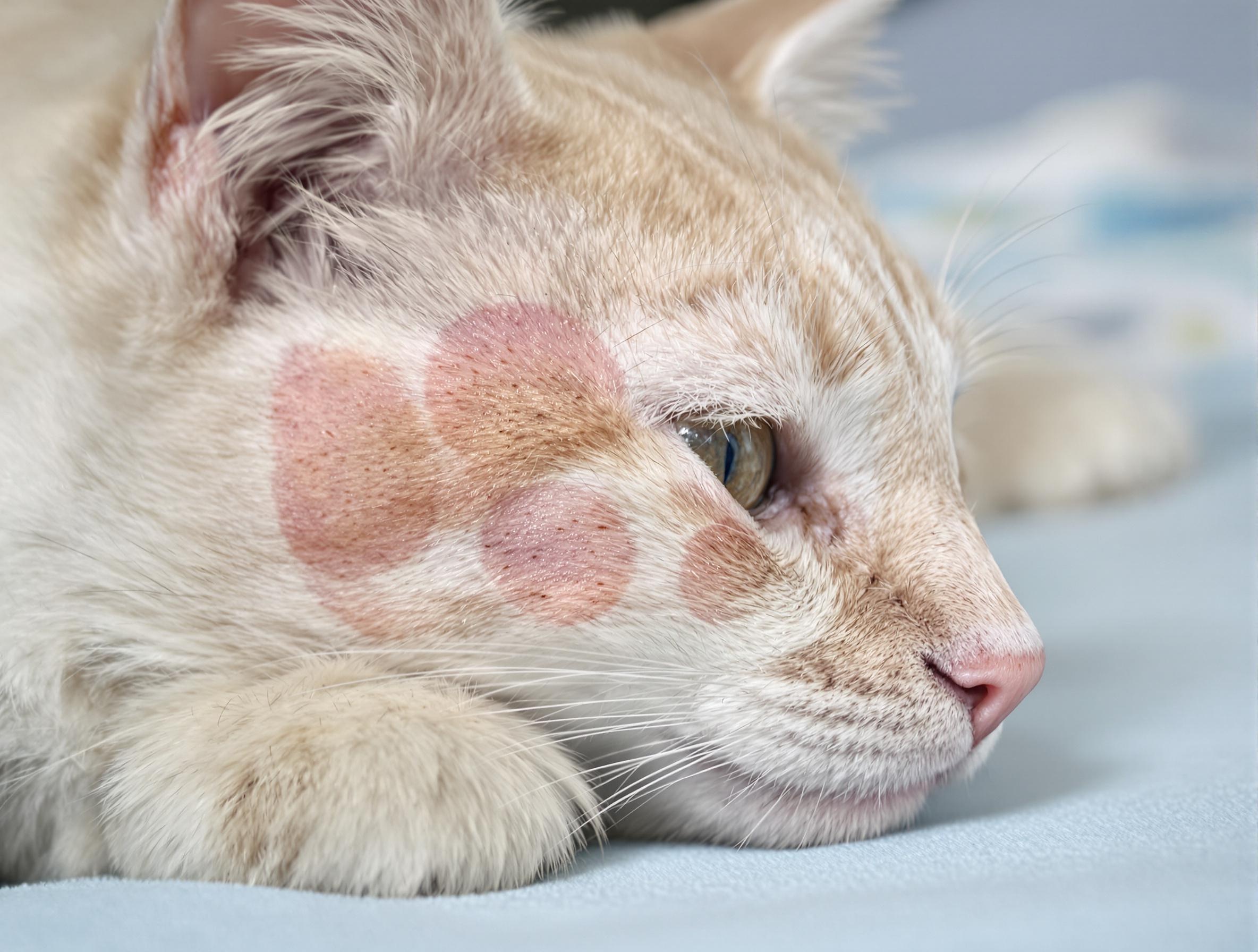How to Tell How Old a Kitten Is: Easy Tips

Key Takeaways
- Changes in eye color, ear position, and coat texture can help you estimate a kitten’s age and provide care that fits their stage of development.
- A kitten’s teeth are a reliable age marker, with baby teeth coming in around 2 to 3 weeks and adult teeth usually appearing by seven months.
- Watching how a kitten plays and interacts with people and other animals can also give you clues about their age, helping you adjust their diet, activity, and health care needs.
Bringing a new kitten home is an exciting moment, especially when they’re still tiny. As your kitten grows, they’ll go through rapid changes in size, behavior, and development, which makes it important to know exactly what stage they’re in so you can provide the right nutrition, care, and training.
Understanding how kittens develop—such as changes in eye color, ear position, and tooth eruption—can help you estimate their age with confidence. These physical and behavioral clues are especially helpful during the first few months when growth is fast, and every stage brings new needs. Working closely with your veterinarian ensures your kitten gets tailored care at every step, from feeding and socialization to vaccination timing.
For reliable, easy-to-follow guidance on kitten care, PetHealthMD is a trusted source for pet parents looking to stay informed. Up next, we’ll break down the key signs to look for so you can confidently determine your cat’s age and meet their needs as they grow.

How to Tell a Kitten’s Age by Appearance
Figuring out a kitten’s age can be tricky, especially in the early weeks, but physical traits offer helpful clues. From their size to how they move and look, you can estimate their age and provide care that matches their stage of development.
Size and weight – Newborn kittens are very small, typically weighing between 2 to 5 ounces—about the size of a small apple. They grow quickly, usually doubling their birth weight within the first week. By six months, most kittens begin to resemble smaller versions of adult cats, though some breeds may take up to two years to fully mature.
Eyes – Kittens are born with their eyes closed. Their eyes usually begin to open between 7 and 10 days of age, and you’ll notice that all kittens have blue eyes at first. Around 6 to 7 weeks, their eye color will begin changing to its adult shade, which varies depending on the breed.
Ears – At birth, a kitten’s ears are folded against the head. Around the second week, the ears start to lift and slowly stand upright. This is also when their hearing improves, and they begin to react more to sounds in their environment.
Movement and coordination – Between 2 and 3 weeks, kittens start attempting their first steps. These early movements are often wobbly and uncoordinated. By about 4 weeks, they gain more control and begin exploring their surroundings with greater confidence.
Coat and appearance – Newborns have a soft, fuzzy baby coat that offers warmth and protection. Around 3 to 4 weeks, their adult coat starts to come in, and their markings or color patterns become more defined. As they continue to grow, their coat will smooth out and begin to reflect their adult appearance.
For grooming and coat care essentials, visit our Cat Grooming Supplies section.
How to Determine a Kitten’s Age by Their Teeth
One of the most reliable ways to estimate a kitten’s age is by looking at their teeth. Just like human babies, kittens go through predictable dental changes as they grow, and those milestones can help you understand what stage they’re in and what kind of dental care they need.
- 2 to 3 weeks old – Tiny, sharp baby teeth—also called deciduous teeth—start to emerge from the gums. These are usually the front incisors and canines and feel like little needles if your kitten starts to nibble.
- By 8 weeks old – Kittens usually have a full set of 26 baby teeth. This is a great age marker because their mouths are now filled with bright white, very sharp little teeth. They’re still learning to eat solid food, but their dental development is well underway.
- Around 6 months old – Your kitten will start losing those baby teeth and replacing them with permanent ones. You may notice tiny gaps or even find a lost tooth on the floor. Adult teeth are larger, more durable, and usually fully in place by 7 months.
For more on maintaining oral health, explore Cat Dental Care Products.

How to Estimate a Kitten’s Age by Behavior
A kitten’s behavior can reveal a lot about their age. Their movement, energy levels, and play style all change quickly as they grow. Watching these patterns unfold not only helps you estimate their age but also supports their care and development at every stage.
- 0 to 3 weeks – Newborn kittens spend nearly all their time nursing and sleeping. Around 2 to 3 weeks, they start reacting to light and sound, and you may notice their ears beginning to perk up. Movement is limited, but they’ll begin taking their first wobbly steps.
- 3 to 5 weeks – At this stage, kittens start to show curiosity and test their coordination. You’ll see them attempt short walks, respond more to voices and sounds, and try to bat at toys or siblings. Their movements are still unsteady, but they’re becoming more confident each day.
- 6 to 12 weeks – This is when play becomes constant and full of energy. Kittens begin to stalk, pounce, climb, and wrestle as their hunting instincts kick in. You might catch them doing the classic “butt wiggle” before a pounce or playful sideways hops. Daily handling during this stage helps shape good social habits.
- 3 to 6 months – Kittens now play with greater coordination and purpose. Their claws are easier to manage, and their agility improves as they invent new games and chase toys with focus. While still energetic, playtime becomes more balanced and less chaotic.
You can encourage healthy play with items from our Cat Toys collection.
Support Your Kitten’s Health and Growth
Knowing your kitten’s age is one of the best ways to make sure they get the right care as they grow. Every stage of development—from tiny newborn to playful adolescent—comes with its own nutritional, medical, and activity needs. Tracking things like weight, physical growth, and behavior can help you and your vet adjust their care plan to match their age and progress.
A 1-pound kitten has very different needs than a 2-pound one, so paying attention to those changes makes a big difference. From feeding schedules to vaccinations, age-specific care helps your kitten stay healthy and happy every step of the way.
It’s important to work with your veterinarian to create a plan that grows with your kitten. For everything else you need, like vet-approved medications, supplements, and food, visit our Cat Health and Wellness category to help your kitten start off on the right paw.





